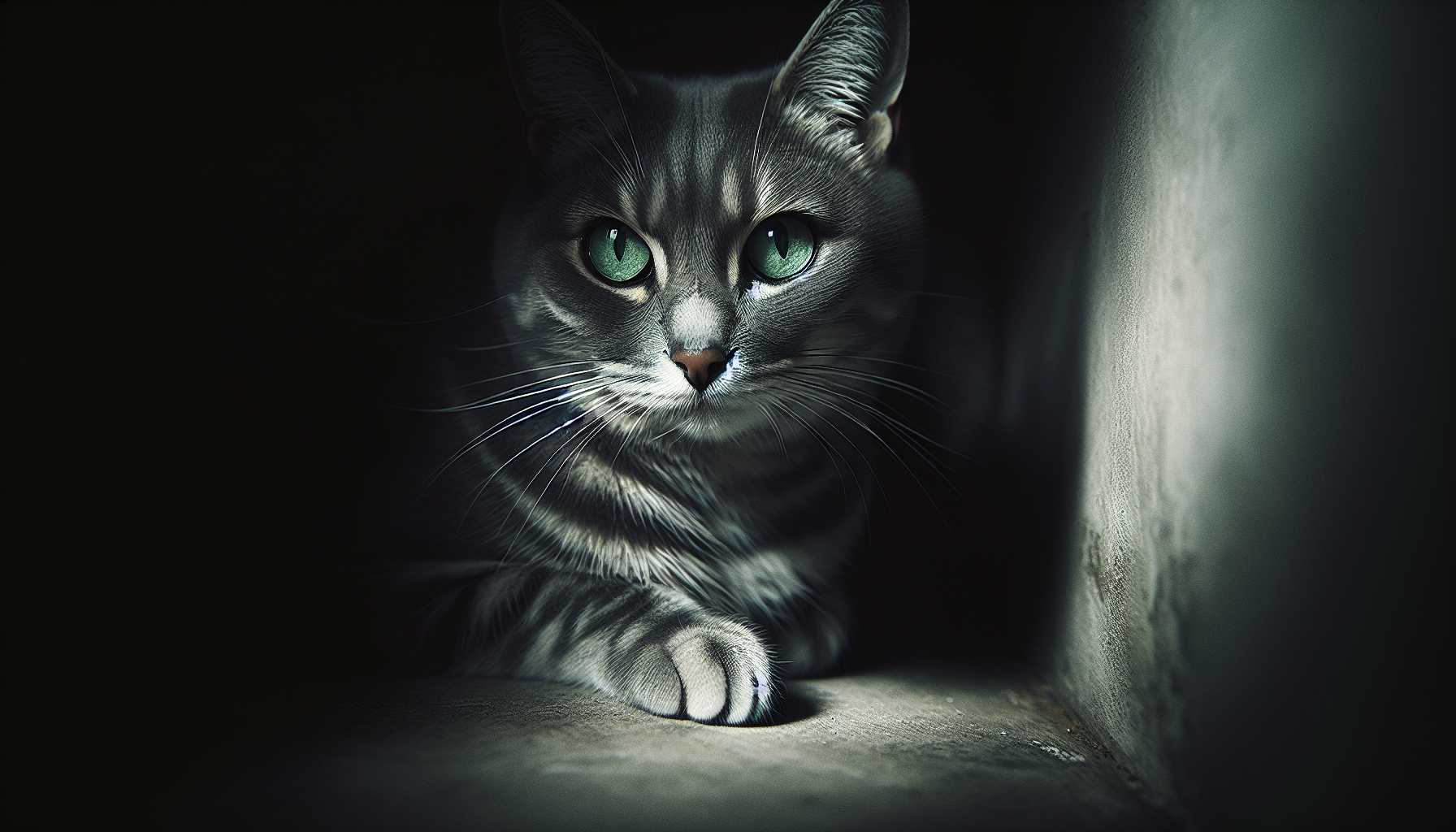Have you ever pondered why your beloved pet cat doesn’t show any signs of discomfort even when they might be under the weather? Let’s unravel the complex world of our adorable feline friends and their intriguing approach to handling pain.
An Age-Old Survival Instinct
In the wilderness, giving away signs of infirmity meant risking becoming a meal for another creature. Domestic cats still inherit this powerful survival instinct deeply embedded in their DNA, behaving much like the pint-sized tigers they essentially are, within our homes!
The Mystery Behind Cats’ Silent Suffering
Cats often choose to hide their pain for several reasons:
- Vulnerable animals are ideal targets for predators
- It’s part of their natural defense mechanism
- It helps them avoid unnecessary attention from more dominant animals
- It maintains their rank in the cat society
Detecting the Subtle Signs of Your Cat’s Pain
Even the most perfect dissemblers eventually give away some signs. Here are potential symptoms to keep an eye out for:
- Alterations in their grooming habits
- Reduced frequency of jumping or playful activities
- Increased inclination towards hiding
- Shifts in their eating patterns
- Uncharacteristic aggression or shyness
The Irony of the Indoor Cat
You might assume, “My cat is secure within the confines of my home!” That’s indeed the case, but your cat’s brain doesn’t exactly understand it that way. Such survival instincts are profoundly ingrained in their system, very similar to our fight-or-flight reflex.
How to Support Your Furry Friend
As a cat parent, you will need to channel your inner detective. Here’s how:
- Schedule regular vet appointments
- Stay observant for any behavioral shifts
- Designate safe zones within your home
- Maintain consistent care for them
- Trust your own instincts regarding your feline friend
Knowing When To Seek Professional Help
Waiting for overt signs of distress can be risky. If your cat’s behavior seems out of the ordinary, it’s always better to consult a professional. Veterinarians prefer doing routine check-ups on a healthy pet rather than treating a considerably sick pet at a late stage.
Deconstructing the Silent Pain
Cultivating a bond of trust with your feline friend can make them more comfortable expressing vulnerability

